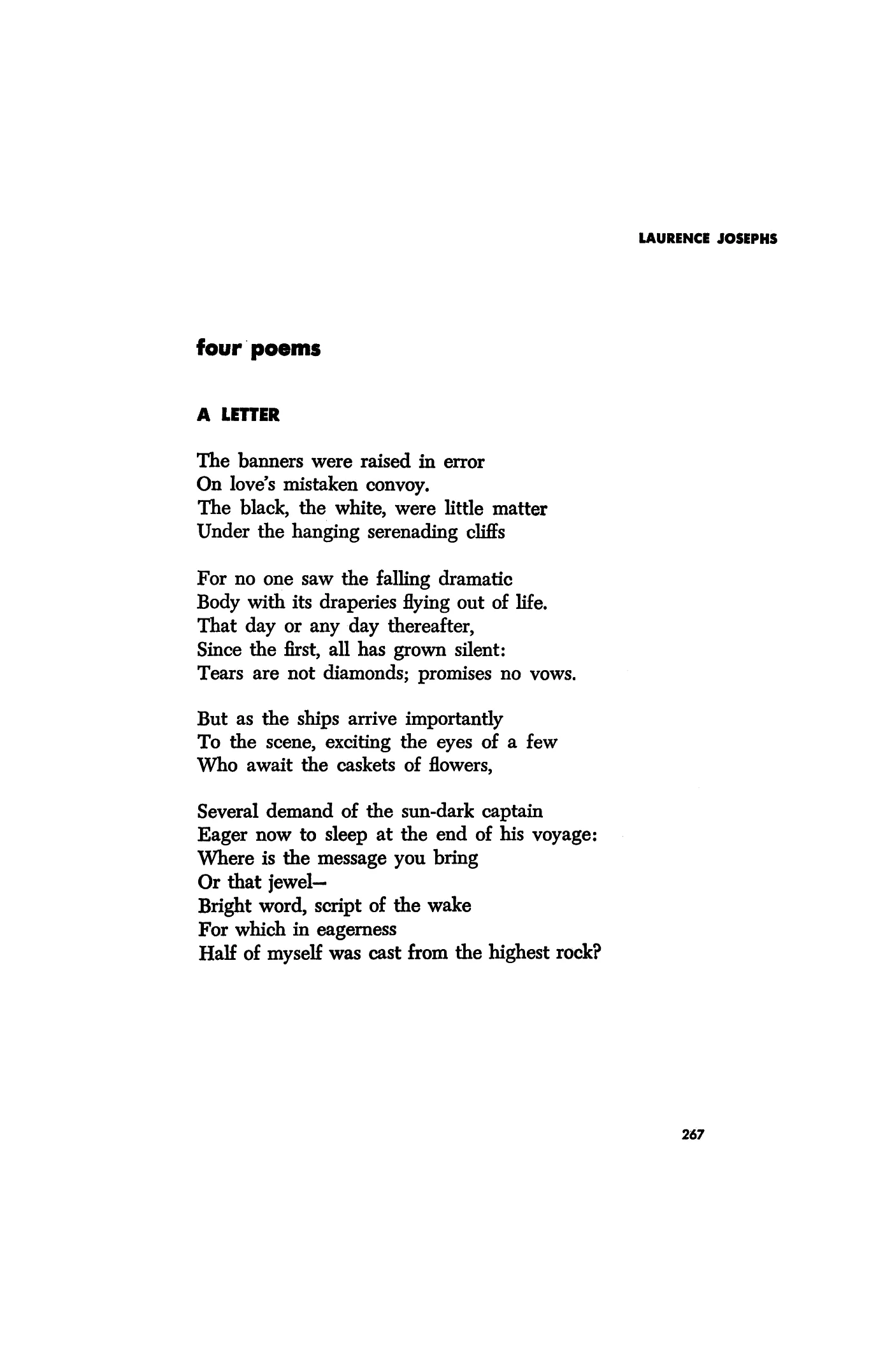What is a Poetry Cover Letter?
A poetry cover letter is a brief, formal document that accompanies your poetry submission to a literary journal, magazine, or publisher. It serves as your introduction, providing essential context about your work, your credentials, and why you’re submitting to that specific publication. Think of it as your opportunity to make a strong first impression and increase the likelihood of your poetry being read and considered. A well-crafted cover letter can be the difference between your poem being accepted or rejected. It is not just a formality; it’s a strategic tool to present yourself and your poetry effectively.
Purpose of a Poetry Cover Letter
The primary purpose of a poetry cover letter is to introduce you and your work to the editor or publication staff. It provides them with a snapshot of who you are as a poet, what your poem is about (without giving away the entire content), and why you believe your work is a good fit for their publication. Furthermore, the cover letter offers a chance to demonstrate your professionalism, attention to detail, and understanding of the publication’s aesthetic. A cover letter personalizes the submission, showing that you’ve taken the time to understand the publication’s needs and are genuinely interested in being a part of their community.
Key Components of a Poetry Cover Letter
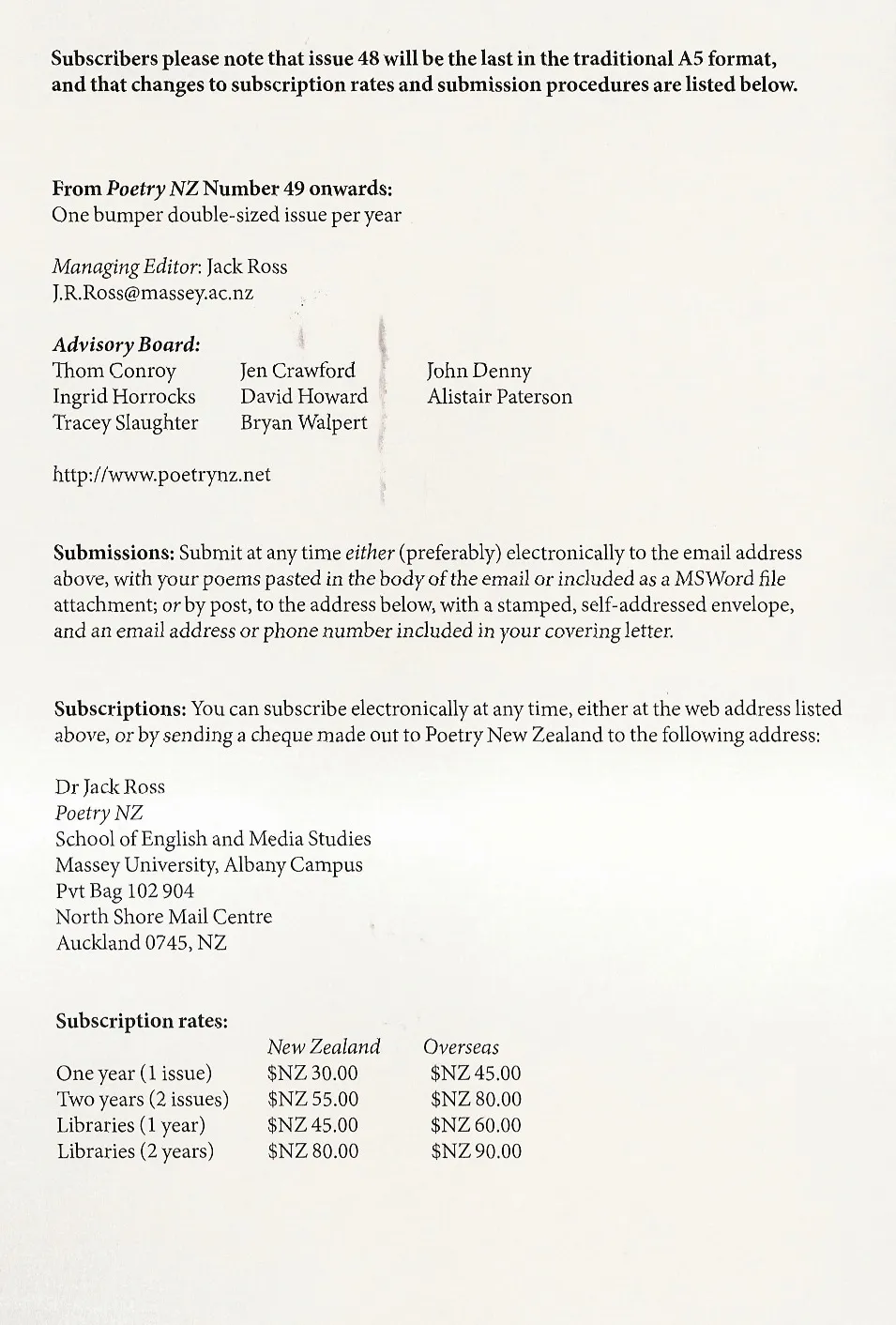
A successful poetry cover letter comprises several key components that, when combined, create a compelling introduction. These elements collectively help the editor assess your submission and determine if it’s a good fit for their publication. Each section contributes to the overall impact of your letter, from conveying essential information to demonstrating your professionalism and passion for poetry. The components include your contact information, the submission details, your poetry background, your unique selling proposition, and a concluding statement expressing gratitude and availability.
Your Contact Information
Start with your contact information, which should include your full name, address, email address, and phone number. This should be placed at the top left corner of the letter. Make sure this information is current and easy to read. This ensures the editor can contact you easily if they want to accept your poem. Double-check your email address for accuracy to avoid any potential communication issues. Your contact details are crucial for a seamless communication process with the publication, hence, it is important to make this part of your cover letter error-free. This detail is the first thing the editor sees and presents your overall attentiveness.
The Submission Details
Clearly state the title of the poem(s) you are submitting. Also, specify the genre if the publication requests it. Mention how many poems you’re submitting and, if required, include word count. Adhere strictly to the guidelines provided by the publication, including the number of poems they accept and any specific formatting requirements. Ensure this information is accurate and consistent with your actual submission. It’s important to be clear about what you are submitting to avoid confusion. For multi-poem submissions, briefly note the titles or a general theme if applicable. The accuracy of the submission details reflects your attention to detail and respect for the publication’s guidelines.
Your Poetry Background & Credentials
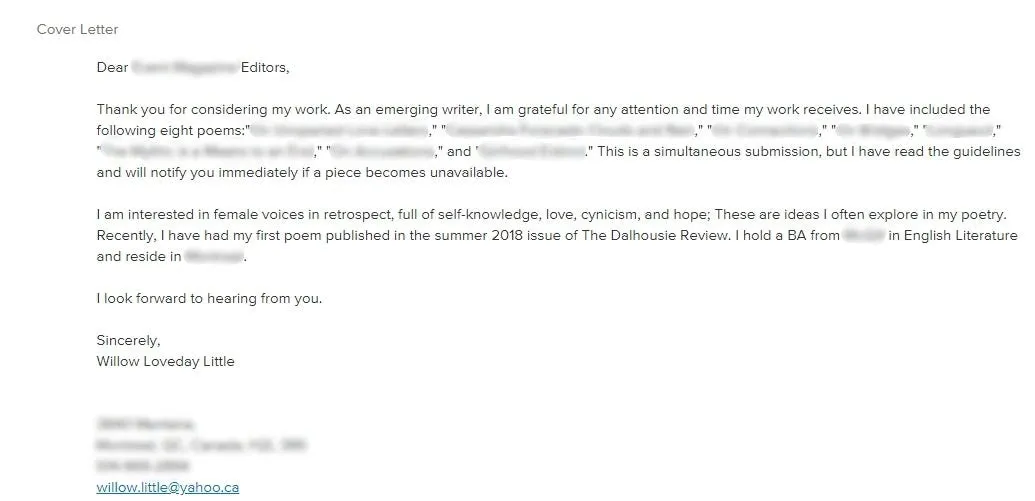
Briefly introduce yourself as a poet. Include any relevant information, such as previous publications (mentioning the names of the journals or magazines), awards received, degrees or certifications related to writing, and participation in workshops or writing groups. This section provides the editor with some background information about your poetry career. Highlight any accomplishments that showcase your experience and credibility. Keep this section concise, focusing on the most relevant and impressive qualifications. If you are a new poet, mention it but still emphasize your passion for poetry and any relevant experience, such as workshops attended or writing courses.
Your Unique Selling Proposition
Briefly mention what makes your poetry unique. This is an opportunity to highlight the specific characteristics of your work, like the themes you often explore, the style you use (e.g., free verse, sonnet), and any unique perspectives or experiences that inform your writing. This helps editors understand your work quickly and decide if your poem aligns with their publication’s scope. Emphasize what sets your poetry apart. Focus on what makes your voice distinct or your themes particularly relevant. Make your poetry stand out to the editor and leave a positive impression of your writing capabilities.
Showcasing Your Best Work
While a cover letter is not the place to include your entire poem, you can mention a brief synopsis or a captivating excerpt, especially if the publication allows it. You may highlight the central theme or emotions of your poem, particularly if it fits the publication’s focus. Avoid giving away the entire poem, leaving some of the magic for the reader to discover. The objective is to entice the reader to read your poem, making your work appealing to their tastes. Doing so will help the editor understand the style and tone of your writing, making them more curious to examine your poem.
Formatting & Presentation Tips
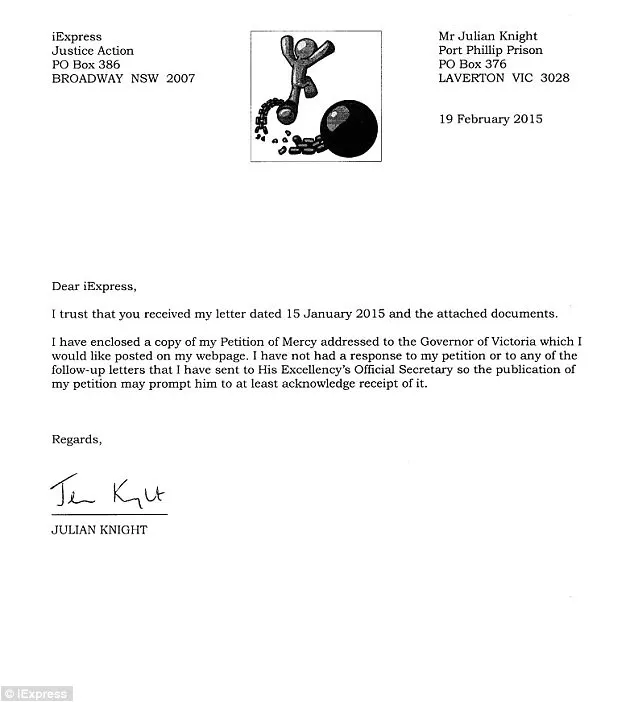
Keep your cover letter concise, ideally within one page. Use a professional font (e.g., Times New Roman, Arial) in a readable size (12-point font). Maintain consistent formatting throughout the document. Use standard margins and single-space the body of the letter, with a double space between paragraphs. Ensure your cover letter has a clean and uncluttered layout. This shows professionalism and respect for the editor’s time. A well-formatted cover letter is easy to read and demonstrates your attention to detail, enhancing the overall impression.
Proofreading and Editing
Thoroughly proofread your cover letter for any grammatical errors, spelling mistakes, and typos. Check your punctuation and ensure the language is clear and concise. A cover letter full of errors diminishes your credibility. Always have someone else proofread your cover letter to catch any errors you might have missed. Proofreading guarantees that your cover letter is polished, showing the editor your commitment to delivering a professional and error-free submission. Proofreading ensures accuracy and enhances the overall impression of your writing, making your work shine.
Tips for Tailoring Your Cover Letter
Customize your cover letter for each submission. Research the specific publication and tailor your letter to match their style and target audience. Mention why you are submitting to this particular journal or magazine and what draws you to it. Personalize the letter to show you’ve done your homework and are genuinely interested in the publication. Avoid using a generic cover letter. Make sure to address the editor by their name if possible. Customization shows that you respect the publication and increase the likelihood of a positive response.
Research the Publication

Before submitting your poetry, research the publication. Read recent issues of the journal or magazine to understand its aesthetic, themes, and audience. Study the types of poems they typically publish and the overall tone of their content. Knowing this information will help you tailor your cover letter and poetry to fit their needs. Make sure your submission is aligned with their values. Understanding the publication’s preferences increases your chances of acceptance. This process demonstrates your respect for the publication and shows your dedication to understanding their vision.
Read Submission Guidelines
Always carefully read and follow the submission guidelines provided by the publication. These guidelines outline the specific requirements for submissions, including word count, formatting, and submission procedures. Adhering to these guidelines is crucial; failure to do so may result in your submission being rejected. This demonstrates respect for the publication and ensures your work is appropriately considered. Review all instructions before sending to ensure you comply fully with the publication’s requirements and thus avoid disqualification.
Common Mistakes to Avoid
Avoid common mistakes, such as using generic language, not personalizing your letter, and failing to proofread. Do not include overly long or self-indulgent descriptions of your work. Avoid submitting to publications that are not a good fit for your poetry. Ensure your cover letter is free of errors. These mistakes reduce your chances of publication. By avoiding these mistakes, you show professionalism and ensure your work is viewed favorably. Make a good impression by demonstrating a strong understanding of poetry submission best practices.
Using a Template or Example
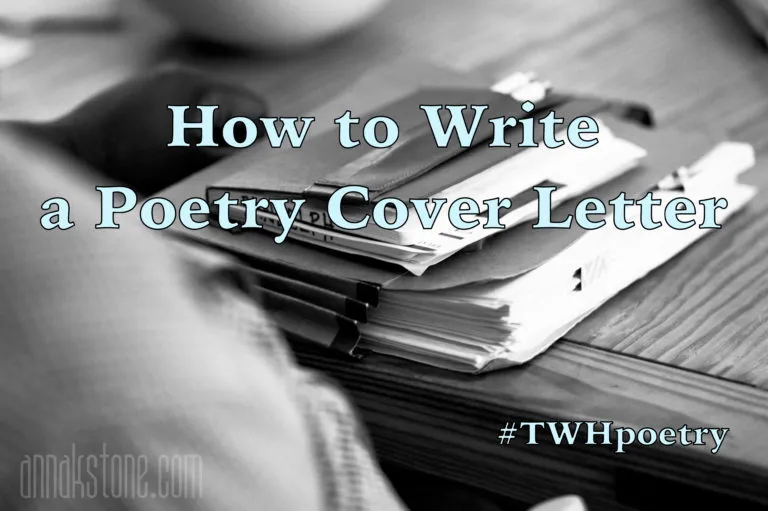
Use a template or example cover letter as a guide. Numerous templates and examples are available online that can help you structure your cover letter and provide a starting point. While templates can be helpful, ensure you customize them to fit your specific situation and the publication you are submitting to. Avoid using a generic template word for word; instead, personalize it with your details and writing style. This will ensure your cover letter feels authentic and unique. Templates serve as helpful guides, but customization and personalization are essential for making a lasting impression.
Sending Your Cover Letter
Always include your cover letter as the first document in your submission. Follow the submission guidelines provided by the publication regarding the format and method of submission (e.g., email, online submission portal). Be sure to address the editor correctly. Proofread everything one last time before sending. Confirm that all attachments are included and correctly formatted. Sending a professional and carefully prepared submission demonstrates your respect for the editor and your dedication as a poet. Follow all the publication’s instructions to make the submission process seamless and efficient.
